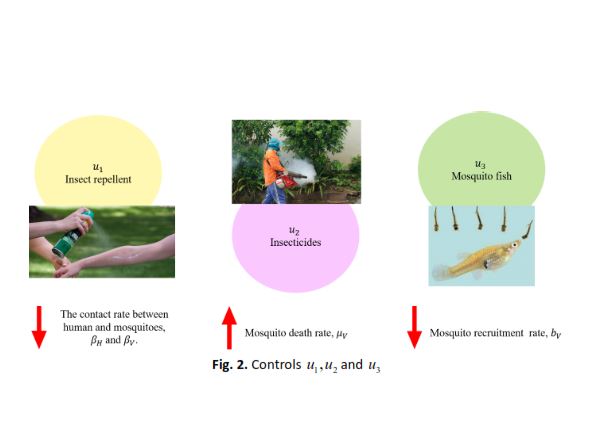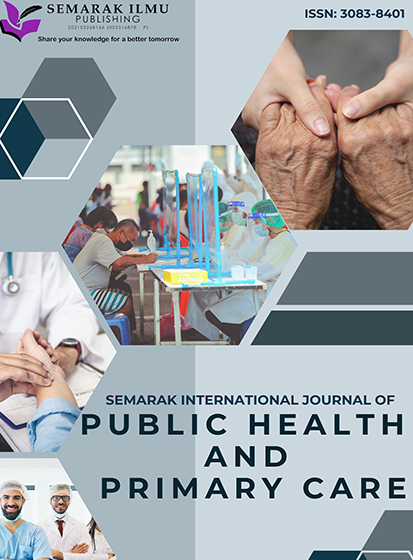SIR-SI Dengue Model: Evaluating Control Strategies for Disease Mitigation
DOI:
https://doi.org/10.37934/sijphpc.4.1.2739Keywords:
Dengue transmission modeling, control strategies, reproduction numberAbstract
Dengue is one of the infectious diseases and has become the most public health issue. The previous studies were focused on the mathematical modeling of dengue transmission dynamics with different factors such as climates, mobility, time delays, and others. However, many existing models do not comprehensively assess the combined effects of multiple control strategies on dengue transmission, leading to gaps in effective intervention planning. By gaining a more detailed understanding of the relationship between dengue transmission dynamics and its control strategies, the spread of dengue disease could be diminished. In this research, the method proposed is mathematical modeling and estimation of reproduction number on the dengue transmission with the implementation of control strategies. The dengue model consists of SIR-SI compartments which are SIR for human populations and SI for mosquito populations respectively. The mathematical analysis is carried out including equilibrium, stability analysis and positivity solutions. The is defined to study the effect of the control strategies on the dengue transmission dynamics. The extended dengue is then developed with the implementation of three control strategies such as insect repellents, insecticides and mosquito fish. The result showed that the basic reproduction number is affected after implementing the different combinations of control strategies in the model. The best intervention is to combine all the control strategies to diminish the spread of dengue.









